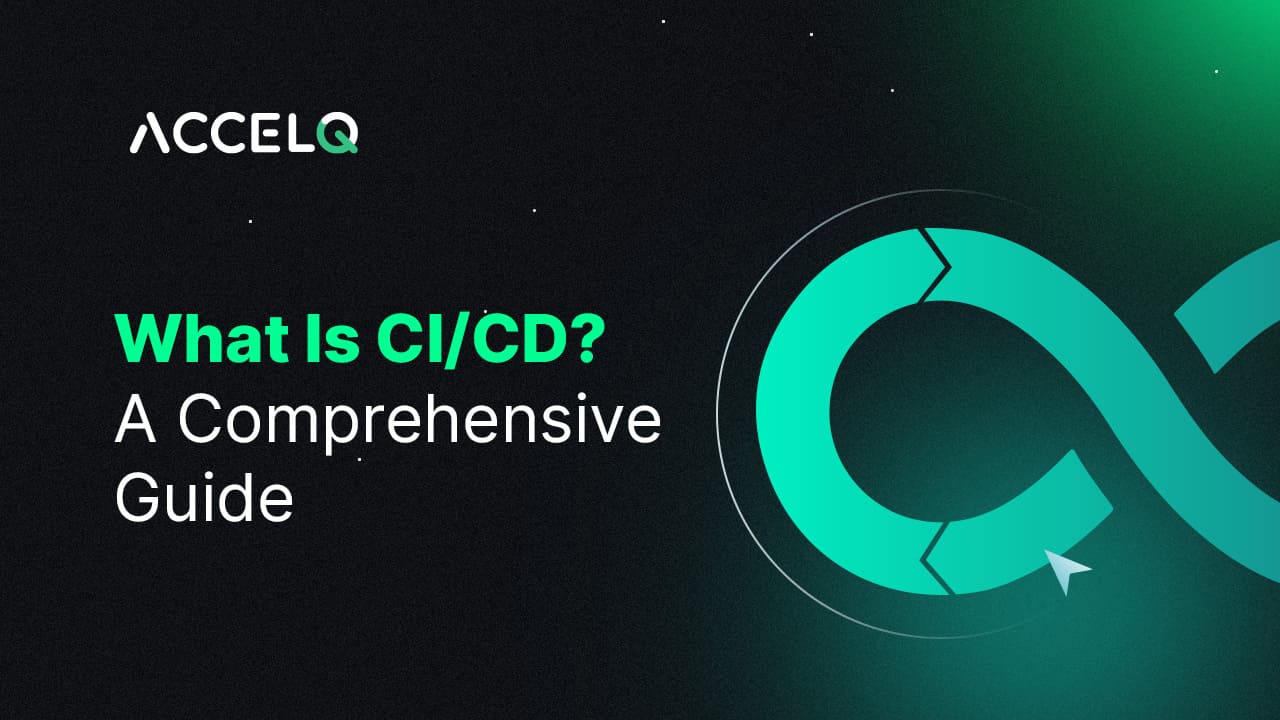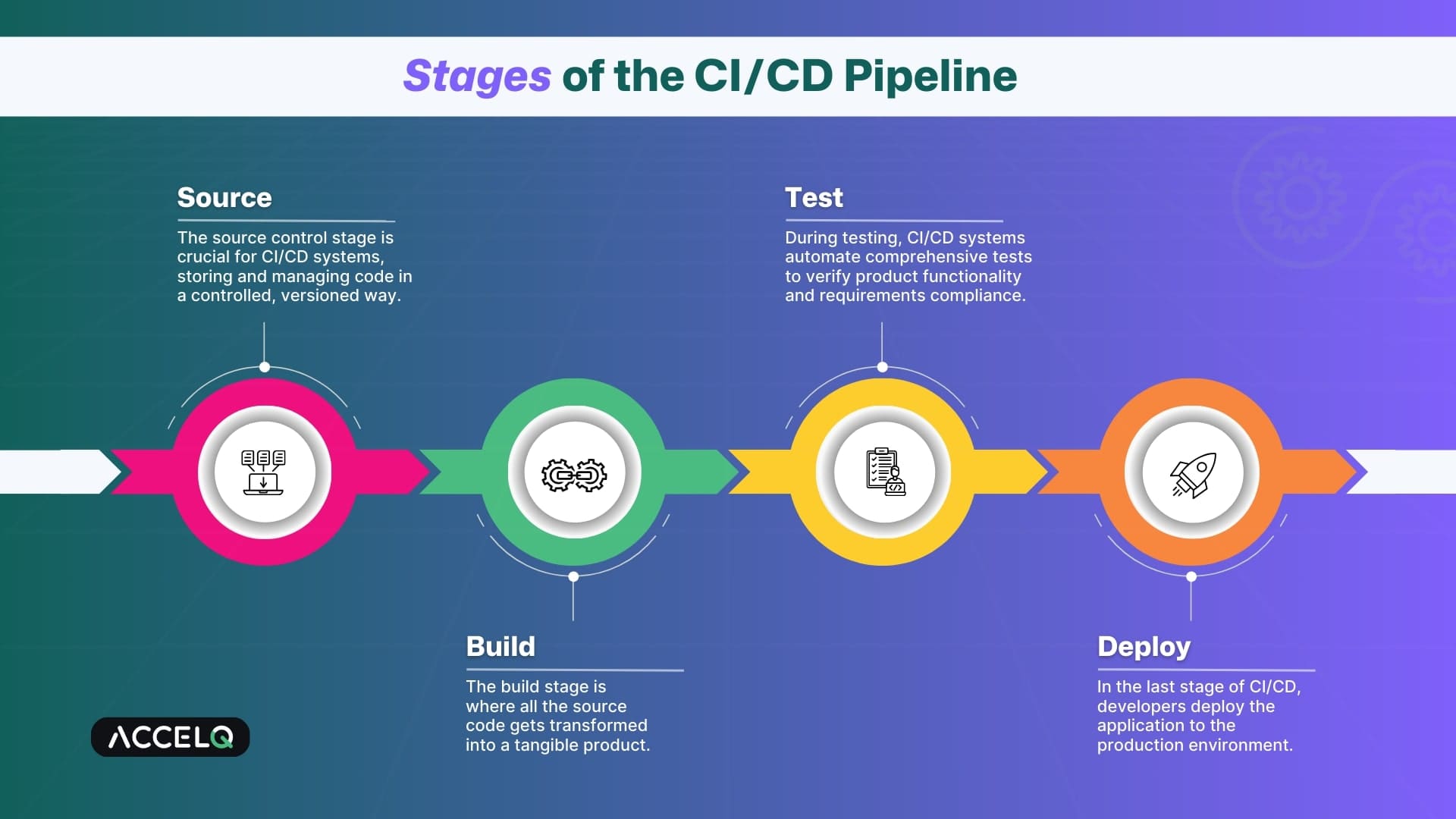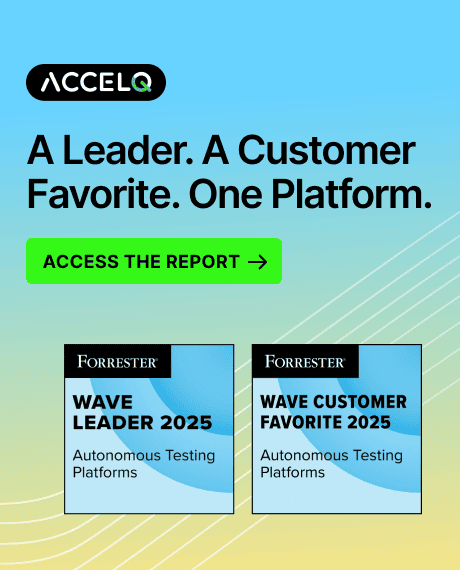What is a CI/CD Pipeline? A Comprehensive Guide

In the fast-paced development universe, delivering high-quality software within a short period has become a necessity. This is where the CI/CD pipeline — Continuous Integration and Continuous Delivery pipeline comes into the picture. It is integral to an automated software delivery pipeline, allowing teams to integrate, validate, and deploy updates with greater reliability and efficiency. Whether you work as part of the traditional workspace or an Agile ecosystem, the CI/CD pipeline is an indispensable part of ensuring optimal release velocity, product quality, and developer productivity.
- What is a CI/CD Pipeline?
- What is Continuous Integration?
- What Is Continuous Delivery?
- What is CI/CD Pipeline in Agile?
- What are the Stages of a CI/CD Pipeline?
- Benefits of a CI/CD Framework/Pipeline
- CI/CD Framework: A Structural Overview
- CI/CD KPIs to Track
- Is SLSA the Best Standard for CI/CD Pipelines?
- CI/CD Implementation Best Practices
- How ACCELQ Elevates Your CI/CD Pipeline?
- Conclusion
What is a CI/CD Pipeline?
A CI/CD pipeline is an assembly of automated systems that helps development teams to build, test, and deploy code changes seamlessly. This process guarantees that any modification introduced to the codebase passes through stages such as build, test, and deploy before being sent to the end users.
By automating every step of the software delivery process, the pipeline reduces manual errors, accelerates delivery, and enhances code quality.
What is Continuous Integration?
Continuous Integration (CI) is the practice of merging all developers’ working copies to a shared mainline several times a day. Every integration initiates an automated build and test sequence, enabling early bug detection, quicker feedback, and less integration problems.
Key Benefits of CI:
- Early detection of bugs and integration issues
- Reduced code conflicts
- More frequent commits and faster feedback loops
- Increased team collaboration and visibility
What Is Continuous Delivery?
With Continuous Delivery (CD), all code changes are automatically prepared for release to production. It allows software releases that are frequent, predictable, and error-free. When combined, CI and CD serve to optimize the development lifecycle—in other words, from the initiation of an idea to delivery—by removing bottlenecks, minimizing downtime, and ensuring releases are repeatable and reliable.
What is CI/CD Pipeline in Agile?
In an Agile development environment, a CI/CD framework speeds quality and maintains velocity. Sprints of high frequency require short, automated, and reproducible integration and testing cycles.
CI/CD pipelines in Agile ensure:
- Constant delivery of working software
- Real-time feedback loops
- Adaptability to changing requirements
- Rapid iteration and innovation
What are the Stages of a CI/CD Pipeline?
A well-structured CI/CD pipeline typically includes the following stages:
1. Source
Code is pushed to a version control system (e.g., GitHub, GitLab). This triggers the pipeline.
2. Build
The application is built using tools like Maven, Gradle, or Webpack. Dependencies are resolved, and artifacts are generated.
3. Test
Automated tests run to validate functionality, performance, and security. This includes unit, integration, and UI tests.
4. Deploy
Code is deployed to staging and eventually to production. Tools like Jenkins, GitHub Actions, and Azure DevOps help automate this phase.
Benefits of a CI/CD Framework/Pipeline
Implementing a CI/CD Framework/pipeline offers both strategic and operational advantages:
- Faster Time-to-Market: Accelerates release cycles and improves development velocity
- Higher Quality Code: Frequent automated testing catches bugs early
- Reduced Manual Work: Automation eliminates repetitive, error-prone tasks
- Improved Collaboration: All team members have visibility into the build and deployment status
- Quick Recovery from Failures: Faster rollback and recovery with automated monitoring and alerts
Supercharge your CI/CD with Zero-Code Automation
CI/CD Framework: A Structural Overview
A CI/CD framework brings together tools, practices, and policies to ensure consistent delivery pipelines. It includes:
- Source control systems (Git, SVN)
- CI tools (Jenkins, GitHub Actions, CircleCI)
- Build & test tools (Maven, Selenium, JUnit)
- Containerization & deployment (Docker, Kubernetes)
- Monitoring & feedback tools (Prometheus, Grafana)
This framework ensures that your CI/CD implementation is scalable, repeatable, and secure.
CI/CD KPIs to Track
To measure the efficiency of your CI/CD process, track these key performance indicators:
- Deployment Frequency: How often code is deployed to production
- Change Lead Time: Time between code commit and production release
- Failure Rate: Percentage of deployments causing errors
- MTTR (Mean Time to Recovery): Time to restore service after failure
- Test Coverage: Extent to which your code is tested by automation
Is SLSA the Best Standard for CI/CD Pipelines?
SLSA (Supply-chain Levels for Software Artifacts) is a security framework designed to ensure the integrity of CI/CD workflows. It adds layers of trust and traceability to your pipeline by enforcing policies like:
- Verified build provenance
- Reproducibility
- Source and dependency integrity
If you’re working in regulated or high-risk environments, SLSA can help make your pipeline both secure and compliant.
CI/CD Implementation Best Practices
To ensure success, consider these proven best practices:
- Commit early and often: Frequent commits ensure faster detection and isolation of issues.
- Automate testing at every stage: Include unit, integration, and regression testing throughout the pipeline.
- Monitor builds and deployments: Use observability tools to detect issues in real time.
- Use the right tools for your stack: Pick tools that integrate well with your tech ecosystem.
- Enable rollback and recovery: Always have a plan to revert bad builds.
- Promote team collaboration: Keep everyone informed and involved in maintaining pipeline health.
How ACCELQ Elevates Your CI/CD Pipeline?
While CI/CD pipelines provide the structure for continuous integration and continuous delivery, having the right test automation platform makes all the difference. That’s where ACCELQ comes in.
ACCELQ is an AI-powered, codeless test automation platform built to seamlessly plug into your CI/CD workflows—whether you’re using Jenkins, GitHub Actions, or Azure DevOps. With native support for multi-channel testing (web, mobile, API, and backend), ACCELQ ensures your pipeline is not only fast but also quality-first.
Why ACCELQ Stands Out:
- Codeless Automation to empower both technical and business users
- Built-in CI/CD integrations with Jenkins, Azure DevOps, GitLab, and more
- Self-healing test scripts for minimal maintenance
- Visual test tracking and rich analytics for test coverage and defect trends
Conclusion
It is the CI/CD pipeline that is at the heart of modern software development—providing speed, reliability, and scale of delivery. Each stage in the pipeline serves a crucial purpose in ensuring quality and efficiency, from source control to production deployment.
But automation alone won’t cut it. But only adaptable solutions that learn and grow with teams go from enabling to truly empowering teams to unlock the true power of CI/CD. That’s where platforms like ACCELQ play a role— offering AI-driven, codeless automation that integrates seamlessly into your CI/CD ecosystem to accelerate releases without sacrificing quality.
Whether you’re building in Agile, scaling DevOps, or testing out new standards like SLSA, now is the time to fortify your pipeline—and streamline how you build, test, and ship software.
Prashanth Punnam
Sr. Technical Content Writer
With over 8 years of experience transforming complex technical concepts into engaging and accessible content. Skilled in creating high-impact articles, user manuals, whitepapers, and case studies, he builds brand authority and captivates diverse audiences while ensuring technical accuracy and clarity.
You Might Also Like:
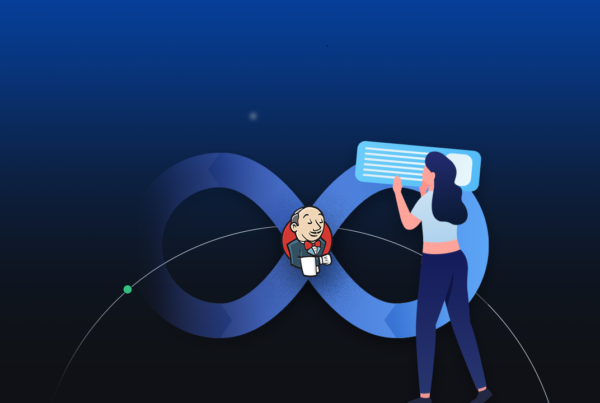 Jenkins Pipeline: A Complete Guide to CI/CD Success
Jenkins Pipeline: A Complete Guide to CI/CD Success
Jenkins Pipeline: A Complete Guide to CI/CD Success
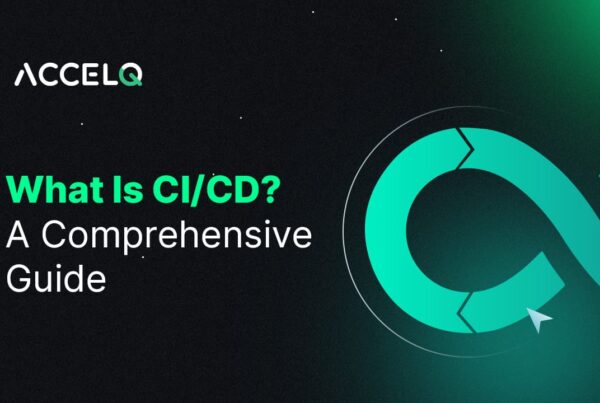 What is a CI/CD Pipeline? A Comprehensive Guide
What is a CI/CD Pipeline? A Comprehensive Guide
What is a CI/CD Pipeline? A Comprehensive Guide
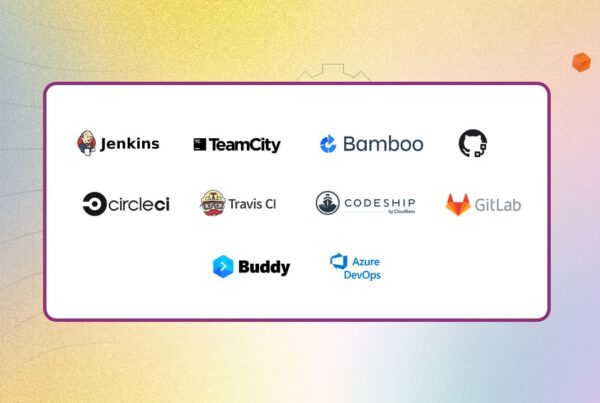 Top 10 Continuous Integration Tools In 2025
Top 10 Continuous Integration Tools In 2025






























